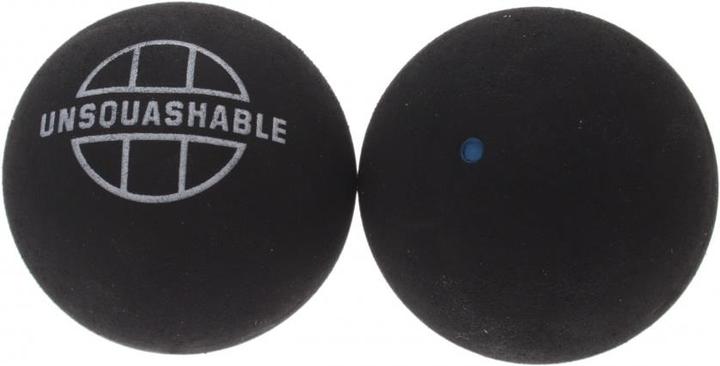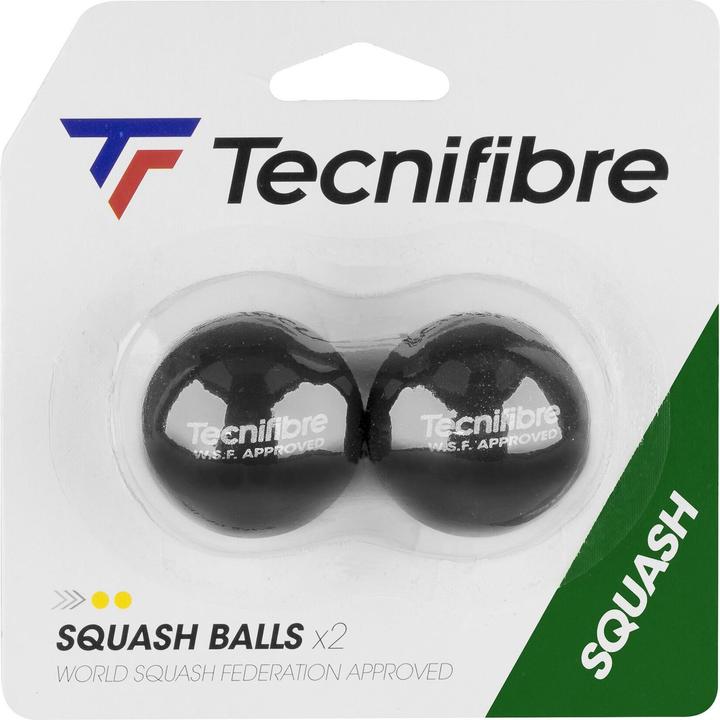

Squash racket selection: From classic hearts and teardrops
Are you a teardrop type or do you favour an open neck? Should your racket be balanced, head-heavy or grip-heavy? And how light is it light enough? Squash rackets are all about the details.
The characteristics of a racket are not obvious at first glance. The power, precision and handling depend on various factors. Let's start with the most obvious difference that you should consider when choosing a racket .
The racket head
Optically, squash rackets are more different from each other than tennis or badminton rackets. There are different racket head designs that affect the playing characteristics of the racket.
Classic heart / open throat
In the classic design, the racket head has an oval shape. This means the strings are relatively short. You have a lot of feel and control, but not a lot of power. Constructed in this way, the racket has a large "heart" in the transition between the shaft and the racket head. In English, the design with the opening in the throat is known as an "open throat". The bridge dampens the vibrations, but also the impact force. The "sweet spot", i.e. the point at which you should ideally hit the ball, is relatively small.

Teardrop
In teardrop models, the centre strings are longer and run directly into the core. This provides more power and a larger sweet spot, but is somewhat more difficult to control. Advanced players with suitably trained forearm muscles and a stable wrist have the necessary ball control to fully utilise the advantages of these racquets. Beginners benefit above all from the combination of hitting power and a large sweet spot.
Models with an "elongated heart" or "elongated teardrop" offer the greatest hitting power - but also increase the disadvantages described above in terms of ball control. A heart area without an eyelet band, such as the Tecnifibre Dynergy AP 125, reinforces the trampoline effect and increases power, but also leads to a certain loss of control.
Weight and material
The weight of squash rackets varies greatly. The lightest models weigh less than 130 grams, while the heaviest weigh around 200 grams. Top players play racquets in the weight range between 117 and 130 grams, because a light racquet promises good handling. To benefit from an extremely light racket like the Tecnifibre Dynergy APX 120, you need good technique. For beginners, a model in the weight range of 130 to 160 grams is often recommended.
More affordable models are primarily made of aluminium. The material is comparatively heavy and does not absorb hard impacts particularly well, but lasts a long time. Carbon, graphite or titanium are usually used in higher-quality rackets
Balance
Weight alone can be deceptive. How light or heavy a racket feels also depends on how it is distributed. Where is the racket's centre of gravity? Is it more grip-heavy, which promises good handling and quick reactions? Head-heavy, which gives your shots extra power thanks to more swing mass? Or balanced?
The balance of squash rackets is measured from the lower end of the racket and is given in millimetres. Balanced models are between 360 and 365 millimetres, top-heavy models above that and grip-heavy models below that. For beginners, rackets with more grip are generally recommended. Attacking players benefit from a little more weight in the racket head.
Balls
In addition to choosing the right racket, the right ball is also crucial. Coloured dots on the squash balls indicate the level of play for which they are suitable.
Blue: Balls with a blue dot are the fastest and suitable for beginners, as they bounce around 40 per cent higher than tournament balls (double yellow) and do not need to be warmed up.
Red: The next level for advanced beginners, about 20 per cent better bounce compared to the tournament ball and hardly any warm-up required.
Yellow: For ambitious players, the bounce behaviour is only increased by approx. 10 per cent.
Double yellow: Tournament balls.
Squash goggles
A squash ball can reach speeds of up to 200 km/h and the eyes are particularly at risk. For junior tournaments, there is a obligatory use of goggles in Switzerland and in the USA, wearing goggles at tournaments is generally mandatory. Even if no one prescribes it for recreational players, it is generally a good idea to wear protective goggles.
Simple writer and dad of two who likes to be on the move, wading through everyday family life. Juggling several balls, I'll occasionally drop one. It could be a ball, or a remark. Or both.









